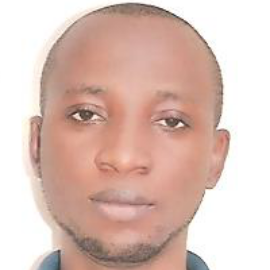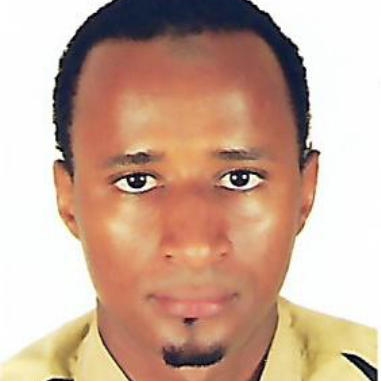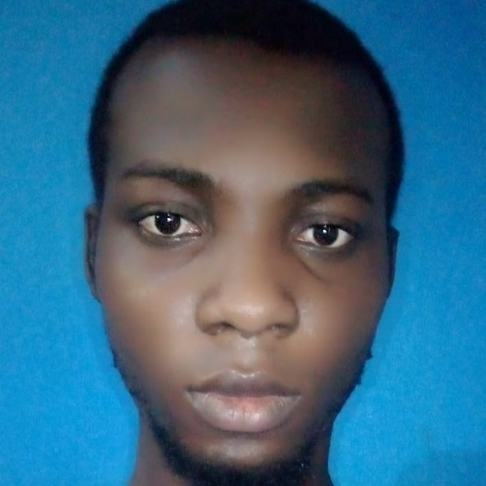International Journal of Intelligent Systems and Applications (IJISA)
IJISA Vol. 14, No. 5, 8 Oct. 2022
Cover page and Table of Contents: PDF (size: 561KB)
An Analysis of the Atlantic Ocean Wave Via Random Cosine and Sine Alternate Wavy ARIMA Functions
Full Text (PDF, 561KB), PP.22-34
Views: 0 Downloads: 0
Author(s)
Index Terms
ARIMA, Cosine random wave, Maclaurin series, Taylor series, Sine random wave
Abstract
In this research, alternate random wave sine and cosine for discrete time-varying processes via Autoregressive Integrated Moving Average (ARIMA) in a deterministic manner were developed. The mean and variance of the cosine and sine periodical time-varying wavy functions were derived such that Maclaurin series via full Taylor series expansion was used to rewrite the mean and variance functions. Wavy buoys of sea temperature, significant wave height, and mean wave direction of Belmullet Inner (Berth B) and Belmullet Outer (Berth A) of the Atlantic Ocean based on the west coastal of Ireland were subjected to the random sine and cosine wave functions of ARIMA. Cosine-ARIMA (1, 1, 3) and cosine-ARIMA (0, 1, 1) were the sea temperature inner and outer oceanic climate wave buoys of Berth B and A with time-periods of 8437.5 and 8035.714 respectively. Cosine-ARIMA (5, 1, 0) gave minimum performance for peak direction of inner and outer oceanic climate wave buoys of both Berth B and A, but with different time-periods of 168750 and 56250 respectively. Lastly, cosine-ARIMA (2, 1, 2) and sine-ARIMA (0, 1, 5) put in the ideal generalization for wave height of Berth B and A with the same associated wave time-periods of 56250, that is, it takes 56250 seconds to complete one swaying cycle.
Cite This Paper
Rasaki O. Olanrewaju, Mamadou A. Jallow, Sodiq A. Olanrewaju, "An Analysis of the Atlantic Ocean Wave Via Random Cosine and Sine Alternate Wavy ARIMA Functions", International Journal of Intelligent Systems and Applications(IJISA), Vol.14, No.5, pp.22-34, 2022. DOI:10.5815/ijisa.2022.05.03
Reference
[1]J. Benatar and R.W. Maffucci, “Random waves on: nodal area variance and lattice point correlations,” International Mathematics Research Notices, vol.10, pp. 3032–3075, Oxford University Press, 2019.
[2]A. Wang, A. Ludu, Z. Zong, L. Zou and Y. Pei, “Experimental study of breathers and rogue waves generated by random waves over non-uniform bathymetry,” Physics of Fluids, vol. 32(8), AIP Publishing LLC, 2020.
[3]V. Cammarota, D. Marinucci and M. Rossi, “Lipschitz-Killing curvatures for arithmetic random waves,” arXiv preprint arXiv:2010.14165, 2020.
[4]I. Nourdin, G. Peccati and M. Rossi, “Nodal statistics of planar random waves,” Communications in Mathematical Physics, vol. 369(1), pp. 99–151, Springer, 2019.
[5]S. Michele, E. Renzi, M. Rossi, C. Perez-Collazo, D. Greaves and G. Iglesias, “Power extraction in regular and random waves from an OWC in hybrid wind-wave energy systems,” Ocean Engineering, vol. 191, Elsevier, 2019.
[6]D.Y. Kim, H.S. Kim, D.S. Kong, M. Choi, H.B. Kim, J-H. Lee, G. Murillo, M. Lee, S.S. Kim and J.H. Jung, “Floating buoy-based triboelectric nanogenerator for an effective vibrational energy harvesting from irregular and random water waves in wild sea,” Nano Energy, vol. 45, pp. 247–254, Elsevier, 2018.
[7]S. Neelamani and N. Al-Anjari, “Experimental investigations on wave induced dynamic pressures over slotted vertical barriers in random wave fields,” Ocean Engineering, vol. 220, Elsevier, 2021.
[8]G. Dematteis, T. Grafke, M. Onorato and E. Vanden-Eijnden, “Experimental evidence of hydrodynamic instantons: the universal route to rogue waves,” Physical Review X, vol. 9(4), APS, 2019.
[9]M. Jimenez-Martinez, “Harbor and coastal structures: A review of mechanical fatigue under random wave loading,” Heliyon, vol. 7(10), Elsevier, 2021.
[10]J-P. Giovanangeli, C. Kharif, Y.A. Stepanyants, Soliton spectra of random water waves in shallow basins, “Mathematical Modeling of Natural Phenomena”, vol.13 (4), EDP Sciences, 2018.
[11]T.J. Strader, J.J. Rozycki, H. Thomas and Y-H. J. Huang, “Machine learning stock market prediction studies: Review and research directions,” Journal of International Technology and Information Management, vol. 28(4), pp. 63–83, 2020.
[12]H. L. Holthuijsen, “Waves in oceanic and coastal waters,” Cambridge University Press, 2010.
[13]M. B. Le, “An introduction to hydrodynamics and water waves,” Springer Science & Business Media, 2013.
[14]R. Nau, “ARIMA models for time series forecasting,” Obtenido de Statistical forecasting: notes on regression and time series, 2014.
[15]J. D. Levendis, “Time series econometrics,” Springer, 2018.
[16]V. V. Konotop, “Nonlinear random waves,” World Scientific, 1994.
[17]T. Gerkema and J.T.F. Zimmerman, “An introduction to internal waves,” Lecture Notes, Royal NIOZ, Texel, 207, 2008.
[18]M.V. Berry, “Statistics of nodal lines and points in chaotic quantum billiards: perimeter corrections, fluctuations, curvature,” Journal of Physics A, pp. 3025–3038, 2022.
[19]A.B. Gabis, Y. Meraihi, S. Mirjalili, A. Ramdane-Cherif. “A Comprehensive survey of sine cosine algorithm:Variants and applications”, Artificial Intelligence Review, vol. (54), pp. 5469 – 5540, 2021.


